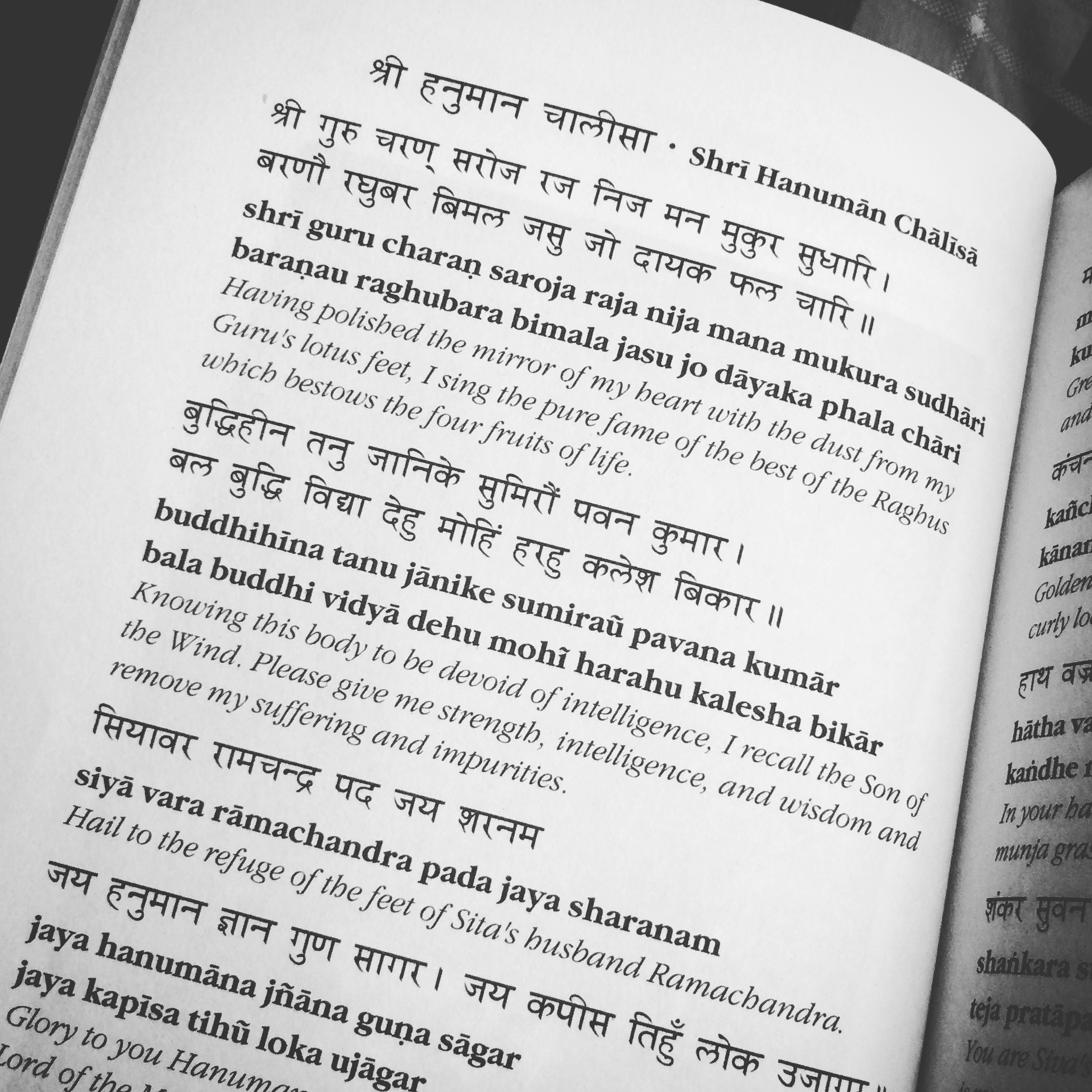I have worn eyeglasses since I was twenty years old. In my mid 50s, I started noticing that when I put them on, it seemed like the right lens was smudged. I’d take them off, and clean them, but things would still look blurry when I put them back on.
It turns out that this was the early manifestation of a cataract in that eye. I put off having surgery for as long as I could, but it got to the point where no prescription could correct my vision in that eye. My sight was something like 20/400 in it, and I began noticing a lot of strain on my other eye toward the end of the work day. So I had surgery in 2017. It is a relatively routine procedure, and once I healed up, my eyesight in that eye was better than it had been for thirty years. Between the bill for the surgeon, the surgery center, anesthesiology, and my own optometrist’s follow up, I believe it cost four or five thousand dollars out of pocket, but it was worth every penny.
I knew at the time of that first surgery that my left eye would eventually need to be done as well. It was in the early stages of degeneration already. Again, I put it off longer than I probably ought have (and, because of the pandemic, even longer than I had intended). By the time I finally got everything arranged a few weeks ago, the sight in my left eye was almost more useless than the right had been.
Two weeks post-surgery now, both eyes are in the 20/25 to 20/30 range uncorrected. This is truly a miracle, and I feel incredibly blessed and grateful to have clear and sharp sight once again.
This morning, I happened almost by accident (read that “grace”) onto a link to the Seva Foundation website. I had no idea what they were about, but I knew that “Seva” means service to God in Hindu. So I was intrigued by the name. It was a surprise and a delight to learn that the organization provides sight saving cataract surgery to folks in need around the world who would not otherwise be able to receive it. When I read that each $50 donation could restore someone’s sight, I was overwhelmed with joy, and signed up as a monthly donor, in gratitude for my own newly clear eyesight.
After I signed up for the donation, I read more about the organization’s history. Tears were streaming down my face at the realization that it exists by the grace of Maharaji. The wonder is that, having been exposed to the stories of Larry and Girija Brilliant (and also being a huge fan of Bobby Weir, who is a big supporter) I had never run across Seva before, or at least hadn’t bothered to learn about it, until this morning.
Here’s some information from Seva’s website.
Over a billion people have a vision impairment that was preventable or is treatable. Almost 90% of people affected with vision impairment live in developing countries, where not being able to see often means a life of poverty. It’s nearly impossible to work, feed yourself, or meet your basic needs.
90% of vision impairments can be prevented or cured, and more than half of the world’s blindness is caused by cataracts. What a wonder that it can be reversed with a 15-minute surgery costing only $50.
I consider it a great blessing to be able to help in the efforts of this organization, and commend it to your consideration.
Learn more at this link: https://www.seva.org/site/SPageServer/?pagename=donate.
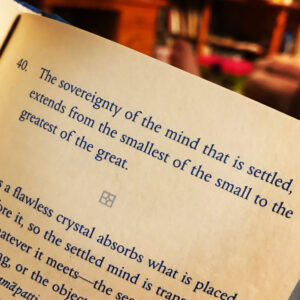 I have begun to read the yoga sutras of Patanjali. It is the classic text on the theory and practice of yoga, dating from some time during the centuries just before or just after the beginning of the Common Era. Along with the Bhagavad Gita, it is the primary source for much of Paramahansa Yogananda’s lessons. It is also at the core of Ryan Kurczak’s teachings.
I have begun to read the yoga sutras of Patanjali. It is the classic text on the theory and practice of yoga, dating from some time during the centuries just before or just after the beginning of the Common Era. Along with the Bhagavad Gita, it is the primary source for much of Paramahansa Yogananda’s lessons. It is also at the core of Ryan Kurczak’s teachings.

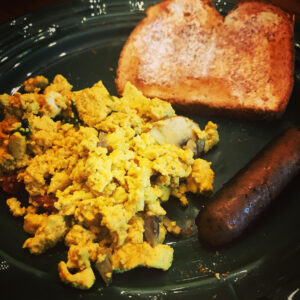

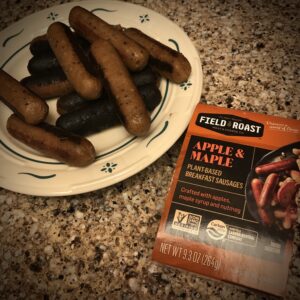
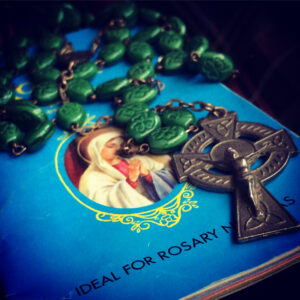 “A Very Powerful Prayer”
“A Very Powerful Prayer”